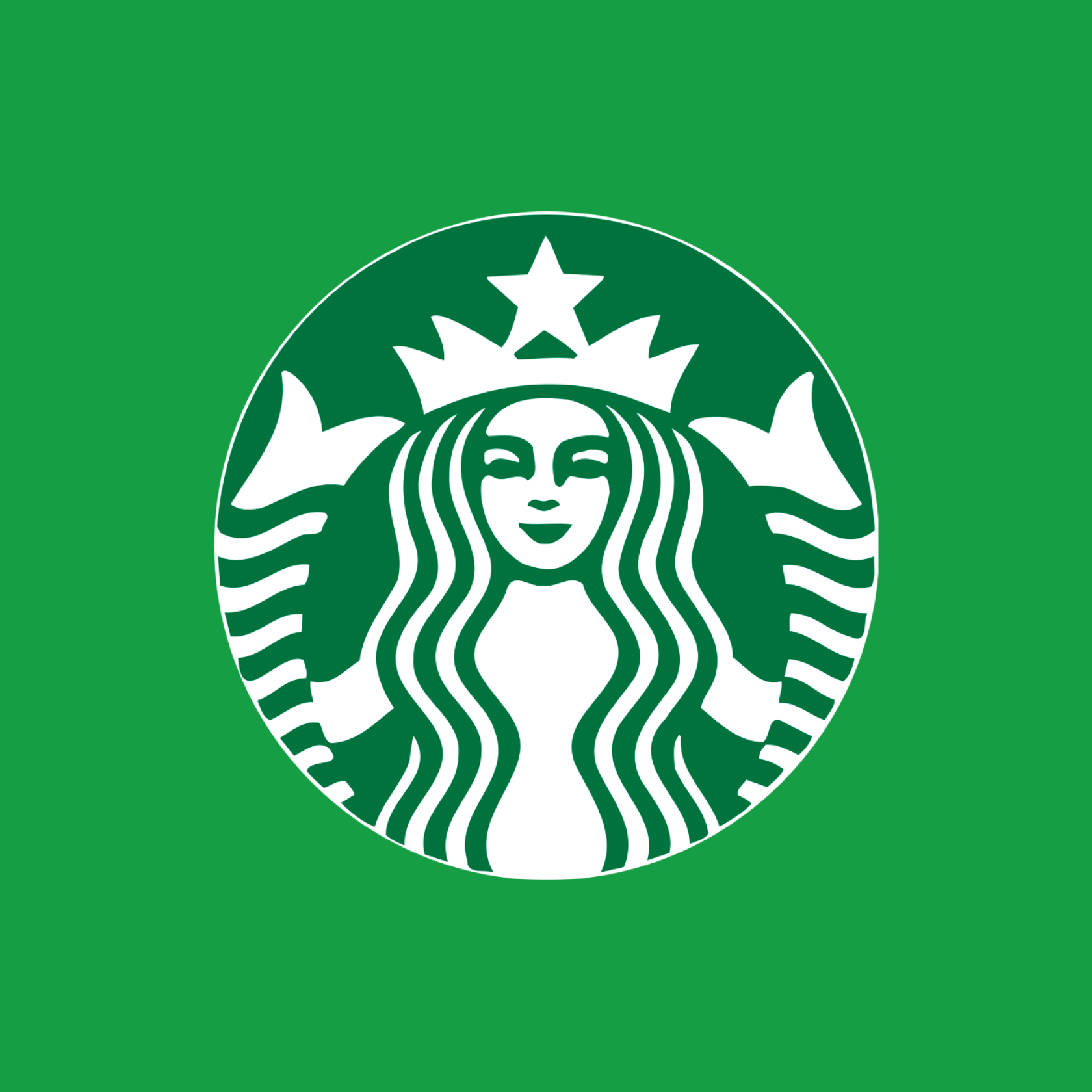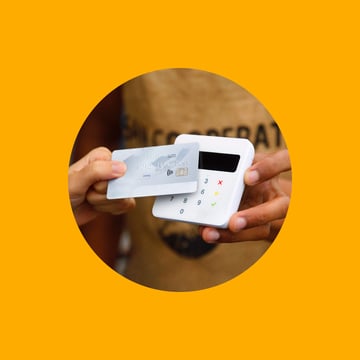Starbucks has been long-recognized as a leader in the loyalty program arena. So it’s hard to avoid the recent negative press of Starbucks devaluing their reward points, making some loyal customers’ favorite drinks now cost double the amount of Stars.
Starbucks could have avoided devaluing their points - without sacrificing its bottom line.
Here's how:
Alternatively, Starbucks could upgrade their loyalty program to one that directly funds itself through card usage, and one that lets consumers earn Stars for their next iced white chocolate mocha anywhere they shop, on everyday purchases.
Currently, at the center of the Starbucks loyalty program is a closed-loop, reloadable, prepaid virtual card. Users add payment methods to their Starbucks apps, and can easily load funds to their Starbucks account, often using saved cards and their phone’s face ID authentication, making it quick and effortless to load funds.
Importantly, the card is closed-loop, meaning, the funds loaded can only be used in Starbucks stores.
Starbucks benefits from this program, by generating additional loyalty and purchases, and the ability to borrow cash from their consumers, essentially having consumers buy their next cup of coffee ahead of time.
Upgrading the program to one that directly funds the perks itself, could have avoided Starbucks devaluing their points. There’s an important step to take: Making the prepaid virtual cards open-loop, so consumers can earn Stars everywhere they shop, for everyday purchases like gas, groceries, takeout.
Here are a few ways simply making the cards open-loop would create new revenue and opportunities for Starbucks to provide more value to their loyalty program participants, and avoid devaluing their points again.
Generate interchange revenue from open-loop prepaid cards
The current Starbucks loyalty program is closed-loop, meaning funds must be spent “in-network,” or only at Starbucks stores.
The current closed-loop program: Asking consumers to load their Starbucks prepaid cards, then reserve those funds exclusively for their next Starbucks caffeine boost means that Starbucks is going to capitalize directly on those funds, whether it be from the profitability from consumers’ next coffee purchase, or through the ability for Starbucks to leverage those funds in the accounts. (Starbucks borrows billions from its own customers… with gift cards)
Missed opportunity: Starbucks is missing a lucrative opportunity to earn interchange revenue, which would directly fund the perks and rewards of the program by creating an open-loop card.
Interchange fees, paid with every card swipe, are generally 1% to 2% of each purchase, with the card-issuing bank getting the largest portion of the fees. With an open-loop card, Starbucks becomes the card issuer and earns interchange revenue on every purchase outside of its ecosystem.
This version of the loyalty program would allow consumers to earn Stars on everyday purchases anywhere they shop. Or, Starbucks could enable purchases at certain merchants, like stores that also have a Starbucks store inside. Every swipe creates interchange revenue, funding Stars for loyal customers.
Leverage customer spend data outside of the ecosystem
The current Starbucks loyalty program captures ample customer spend data in store — but Starbucks has no visibility into how their customers spend outside of its ecosystem.
Customer spend data in the existing program: Starbucks benefits today from customer spend data through the app, like average transaction amount, day of the week with the highest predicted spend, how much customers are likely to splurge in the beginning of the month vs. the end of the month, etc.
Missed opportunity: Customer spend data outside of the store creates new opportunities to send offers and drive net new purchases. For example, if Starbucks sees that 5 percent of their app users are heading to the grocery store every Saturday morning, but they don’t usually swing by Starbucks first, Starbucks could send real-time notifications and offers with an extra incentive to pick up a cup of coffee before grocery shopping.
More customer spend data creates new opportunities for smarter promotions and offers, but customer spend data can also be leveraged in another unique way: monetizing experiences.
Monetize experiences
Since the current program is closed-loop, transactions aren’t possible outside of the Starbucks network.
With an open-looped Starbucks prepaid card, Starbucks could sell offers to merchants.
For example, retail store T.J. Maxx may want to increase foot traffic. If its customer acquisition cost is $18, it may be interested in new ways to bring foot traffic into stores at a lower cost than running digital ads and TV commercials.
Stores like T.J. Maxx, who don’t have a satellite Starbucks storefront, may also see value in creating more of an experience for their consumers. T.J. Maxx may want to invite customers to take their time browsing in the store while they sip their favorite Starbucks drink, encouraging them to pick up a few more home decor items than they might have otherwise.
T.J. Maxx would partner with Starbucks to place an offer in the Starbucks app, and then fund that offer anytime it is successfully used.
Starbucks app users would open their app and see the new offer:
“Free coffee, up to $5, when you pick up your favorite Starbucks drink and spend $25 at TJ Maxx.”
With an open-loop card, no coupon codes or action is required from the consumer — only using their Starbucks open-loop card to pick up their coffee, go spend at the T.J. Maxx store across the street, then automatically receive their credit, funded by the partner merchant.
It’s a win-win-win:
-
Consumers get a free coffee, and begin to get excited about the extra perks in the Starbucks loyalty program.
-
T.J. Maxx brings a new customer into the store, and only funds the coffee offers for those customers who make a purchase.
-
Starbucks provides more value in the loyalty program, profits from T.J. Maxx-sponsored coffee purchases, and profits from the interchange fees when the user swipes a Starbucks card at T.J. Maxx.
No more devaluing rewards points
It’s never been easier for bold, innovative brands like Starbucks to creatively leverage embedded financial solutions to create more value for their loyal customers, and never devalue points again.
For enterprises ready to make their rewards program more rewarding, contact us today.




